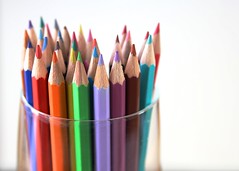| Clouds reflect off the mirrored surface of Lake Eyre SA, by Peter Elfes |
It was announced this week that Australia has had its wettest two years on record.
Again large areas of Queensland and New South Wales are currently under water with many towns and communities cut off. In the 13 months the rain at its worse has caused many loss of life, devastation to property and disruptions to thousands of peoples lives.
 |
| Brisbane floods 2011 (source University of Queensland, Brisbane) |
The rain at its best, is showing a beautiful side with dramatic changes to the landscape.
One particular landscape is a desert, usually and unsurprisingly known for its dryness. La Nina has brought water
flowing, filling the lowest point
in Australia, Lake
Eyre.
With the rarity of the lake having so much water comes a wonderful array of colours, erupting with life and breathtaking landscapes on a very large scale. To give you an idea of size, at its fullest the lake is 9,500km2 which is roughly 6 times the size of Greater London.
This unusual event has inspired new art.
With the rarity of the lake having so much water comes a wonderful array of colours, erupting with life and breathtaking landscapes on a very large scale. To give you an idea of size, at its fullest the lake is 9,500km2 which is roughly 6 times the size of Greater London.
This unusual event has inspired new art.
John
Olsen, a
great Australian artist takes inspiration for many of his pieces from the
Australian landscape, in particular he has been fascinated by Lake Eyre
since his first visit in 1974. His latest series of Lake Eyre paintings captures the landscape, viewing it in such a unique way, that continues to fill me with awe. The collection can be viewed on the Tim Olsen Gallery website
 |
| source Tim Olsen Gallery |
Currently exhibiting in Sydney is Peter Elfes collection of photographs taken at low levels from a helicopter. Life and colour is captured in a place normally barren of such features
| A selection of postcards showing Peter Elfes 'The Green Desert' |
Enjoy the beautiful side of rain. 'The Green Desert' is on until 27 May 2012 at Custom House, Circular Quay Sydney (free entry M-F 10am- 7pm, weekend 11am-4pm).

